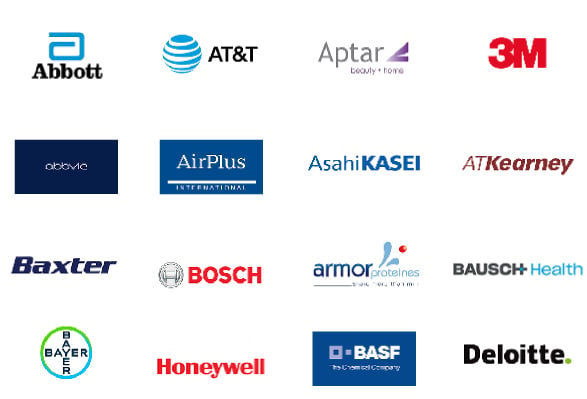Gene editing technologies have posed some significant ethical concerns which has challenged the growth of the global gene editing market. One of the major areas of concern has been with regards to altering human embryos and germlines. While gene editing offers possibilities for treating many genetic conditions, there are risks of intended or unintended off-target mutations which can be passed on to future generations. There are also debates around who should have access to gene editing technologies and whether it would increase social inequalities. Addressing these ethical concerns and regulating the technologies appropriately would be crucial to gain wider public acceptance and trust which is important for the long term sustainable growth of this market. Extensive research is still needed to fully understand the health risks and ensure gene editing is done safely and ethically.
Market Opportunity - Expanding applications of gene editing in agriculture and food security
One of the major opportunities for the global gene editing market lies in the expanding applications of gene editing in the agriculture and food security sectors. Gene editing technologies allow more precise modifications of plant genomes compared to traditional methods and can help address many challenges relating to crop yields, resilience to climate change, and disease resistance. This can play a key role in sustainably meeting the growing demands for food of the rising global population. By modifying crops to be more nutritious, beneficial traits can also be imparted which can help address issues relating to malnutrition. Furthermore, gene editing also enables more efficient breeding of livestock with improved productivity and disease resistance. As more commercialized applications emerge in coming years, it has the potential to significantly boost farm incomes and enhance global food security, creating extensive growth opportunities for players in the gene editing market.
Joining thousands of companies around the world committed to making the Excellent Business Solutions.
View All Our Clients